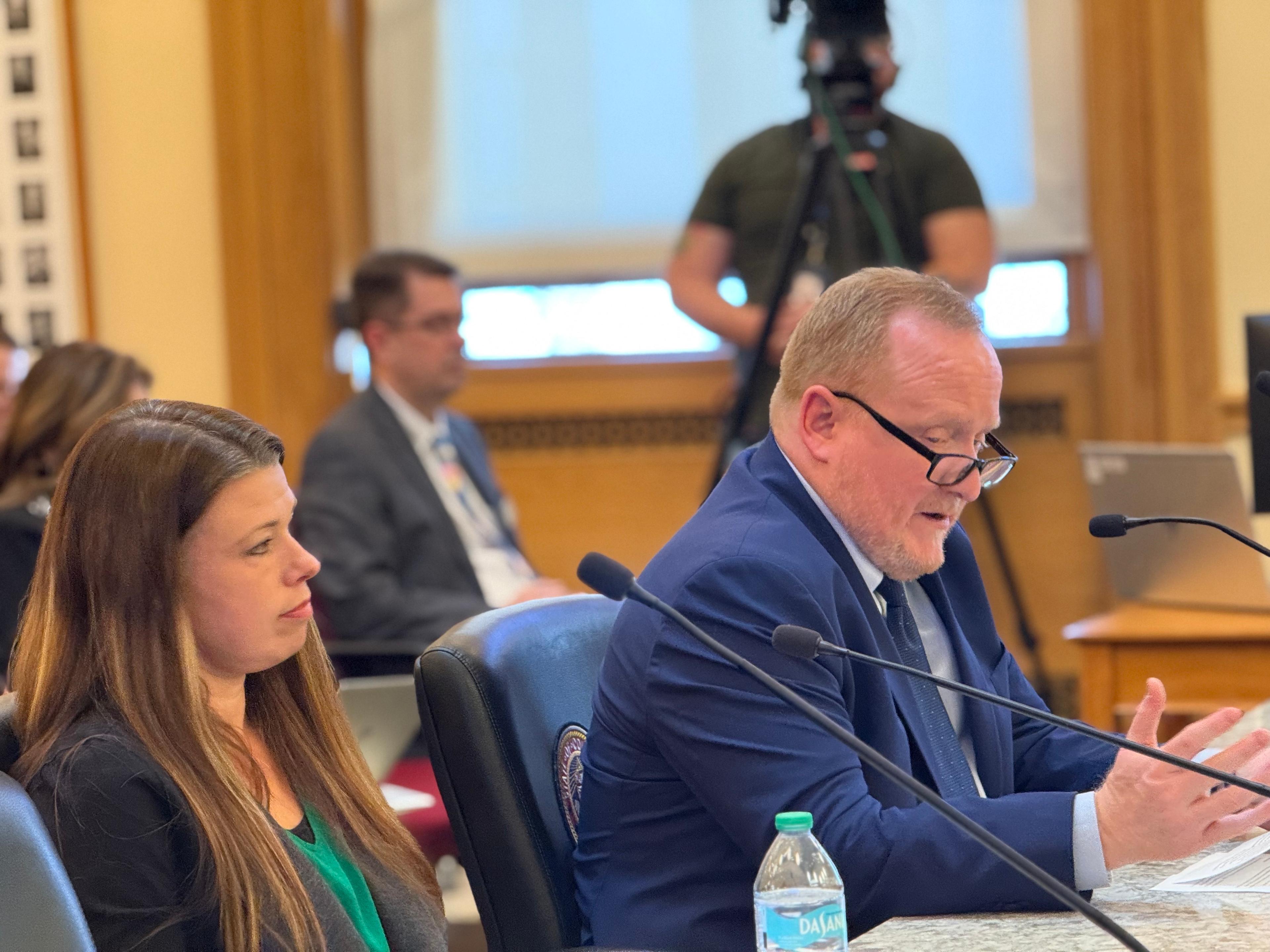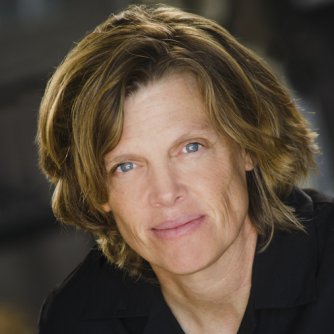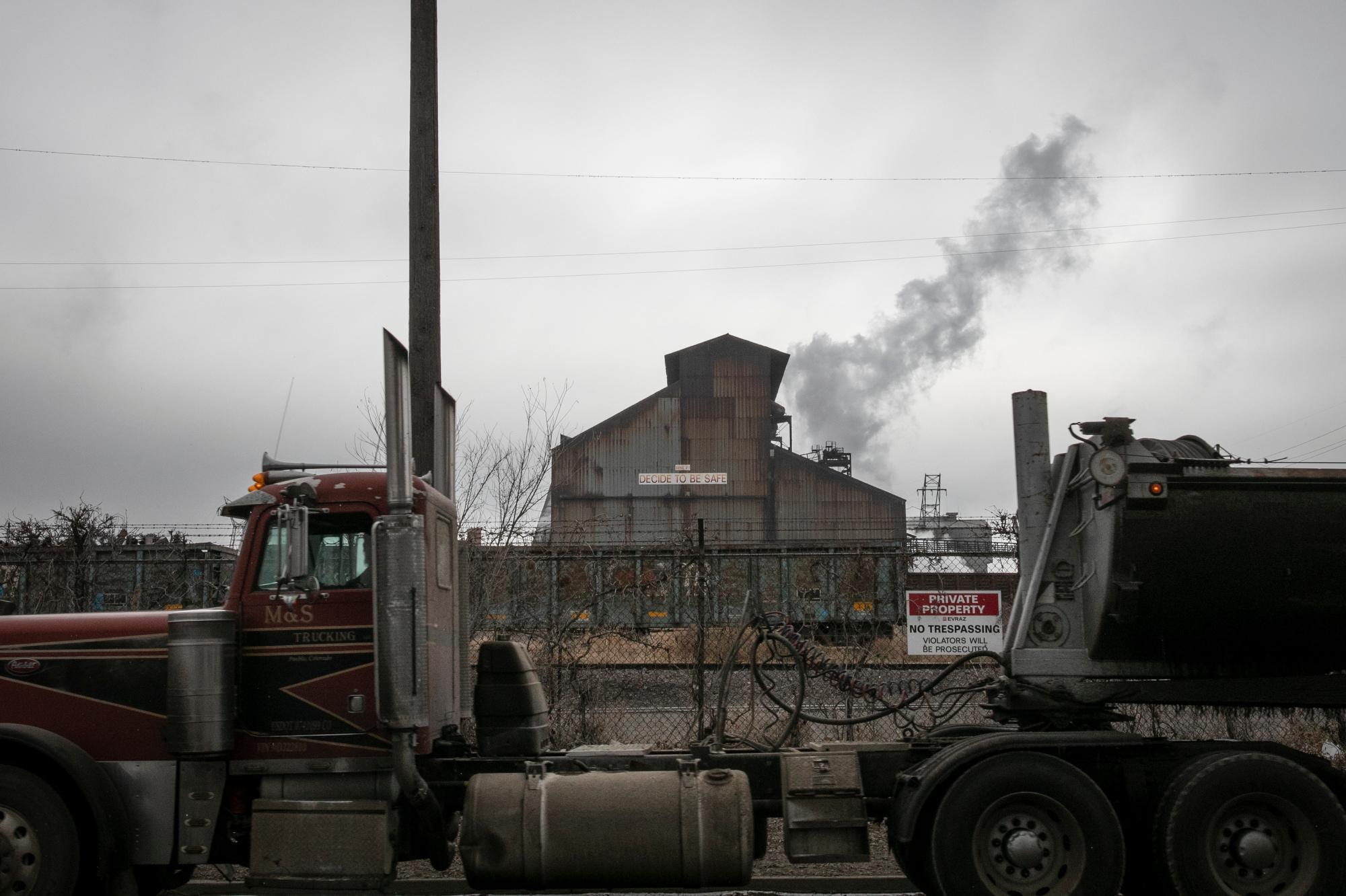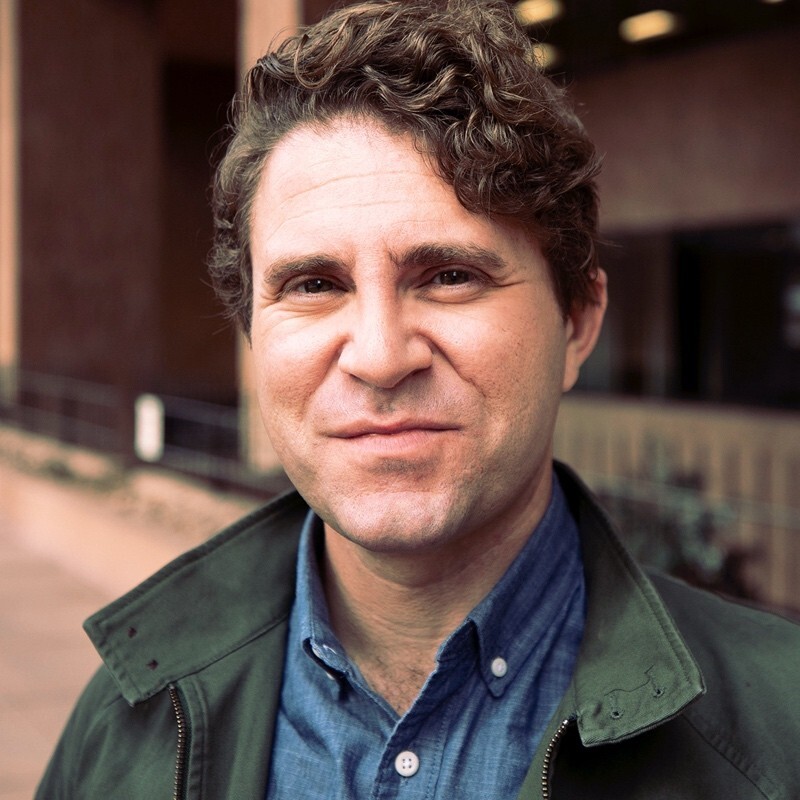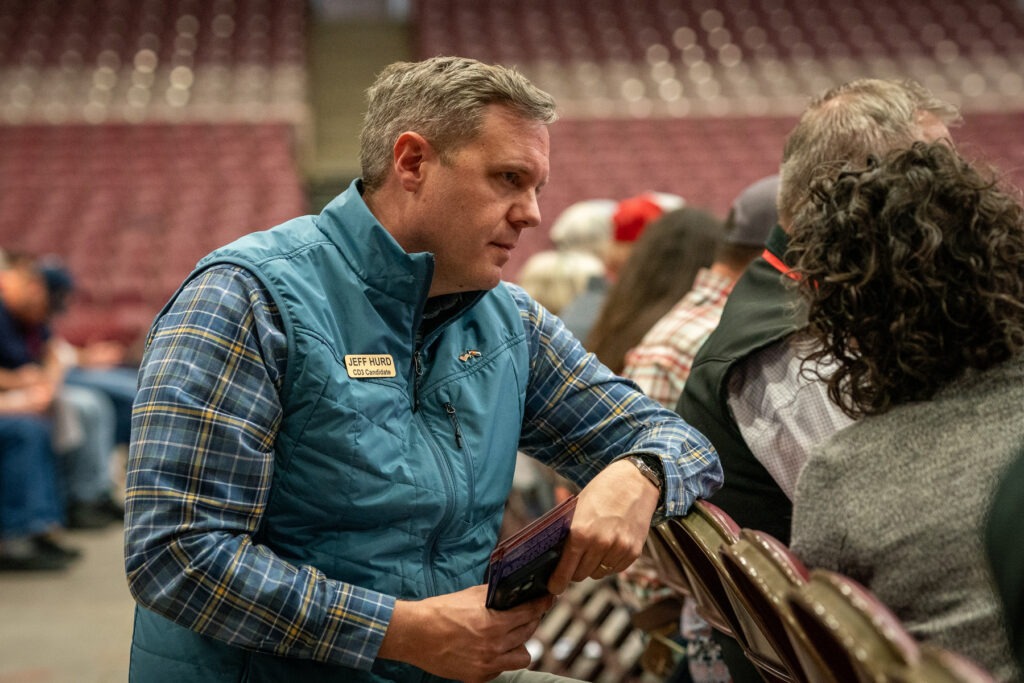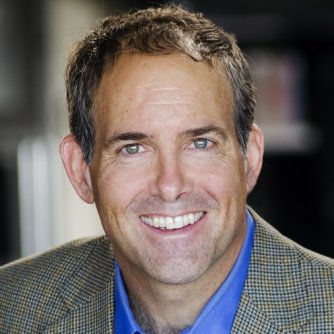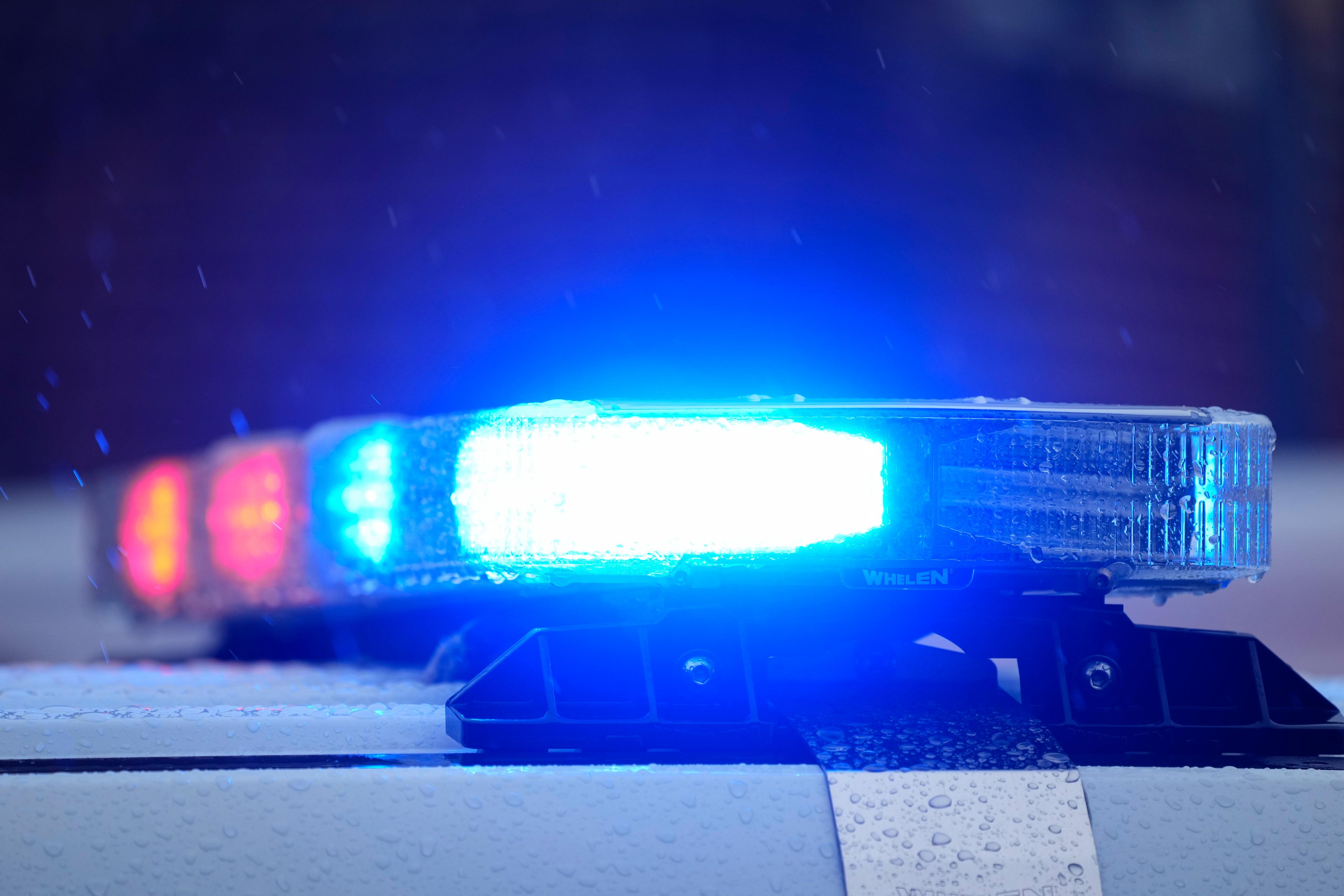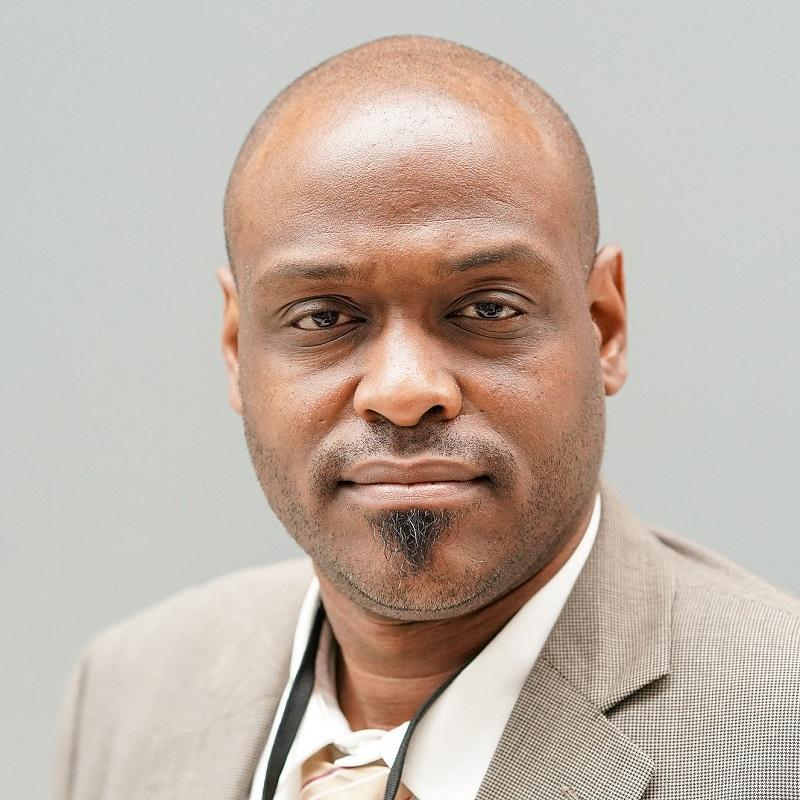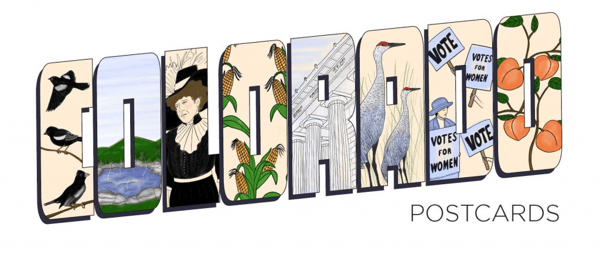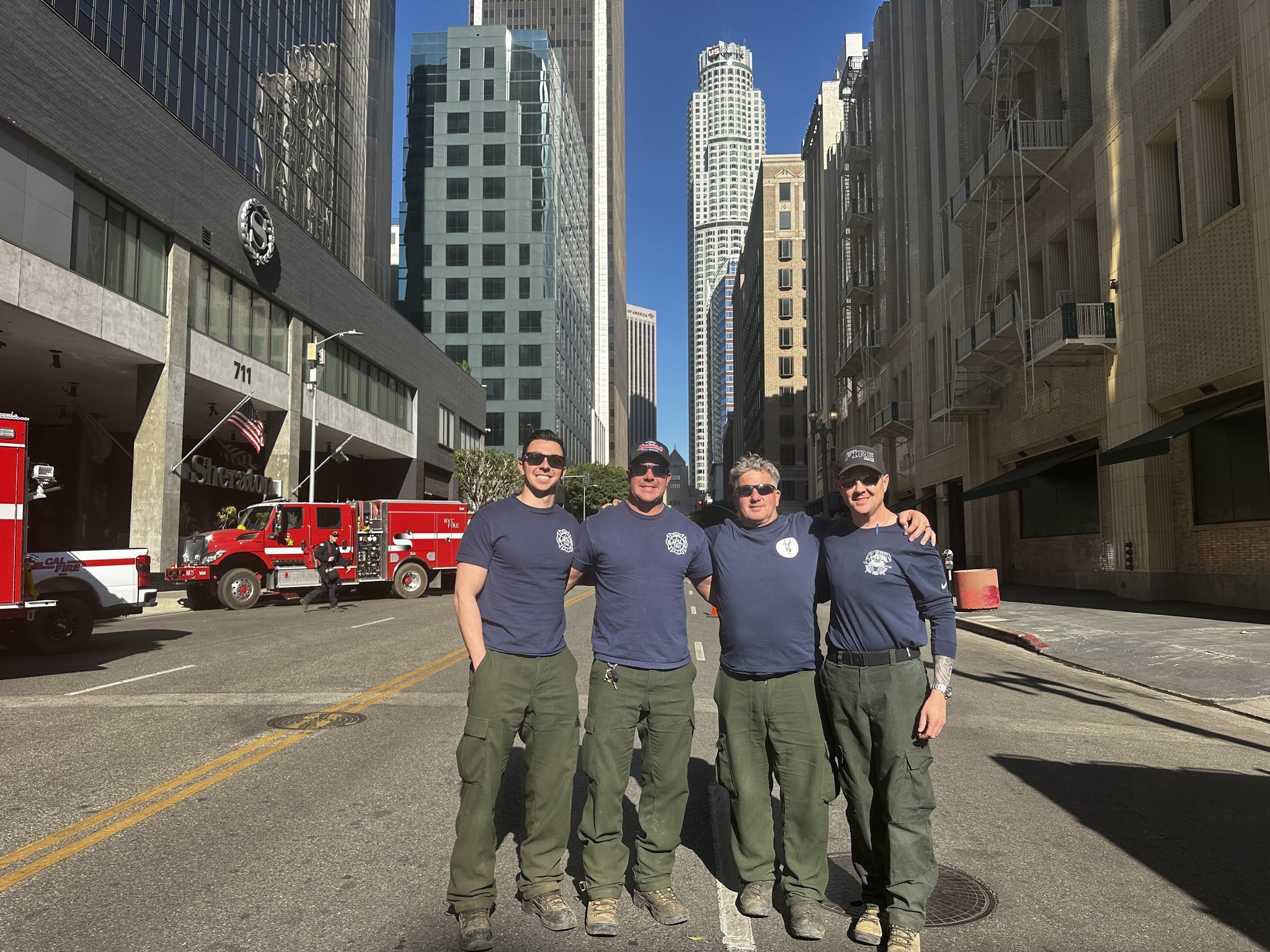
A crew from Aurora Fire Rescue learned valuable lessons while working on the Palisades fire in Los Angeles last month.
Captain Jeremy Sones led brush engine 13, an apparatus specifically designed to help beat back flames in a wildland-urban interface. His crew included firefighter Michael LoMastro, engineer Chris Bernall and Lieutenant Brent SerVoss.
They were part of a strike team, or a group of engines, led by a crew from Salida. The strike team included firefighters from Boulder, Mountain View, Lefthand Canyon and Hudson Fire Rescue Districts.
During a public Q&A this month, Sones said getting to work with crews from across the state on the Palisades assignment helped build bonds between local firefighters that will benefit them when the next big wildland fire strikes in Colorado.
“Getting past the dance, getting to know them so we can all work together back here in Colorado. It’s very important to forge those relationships,” Sones said.
During one of their shifts on the 18-day deployment, Sones and his crew were assigned to the Palisades neighborhood where flames had ravaged thousands of homes. Their job was to patrol and assist where needed as people began to return to their properties.
“We saw an elderly lady trying to move some furniture, so that was our opportunity to drive up and help a family sift through the ashes and offer what we could,” Lieutenant Brent SerVoss said. “One of their daughters went to CU Boulder, so they were happy to see a rig from Colorado.”
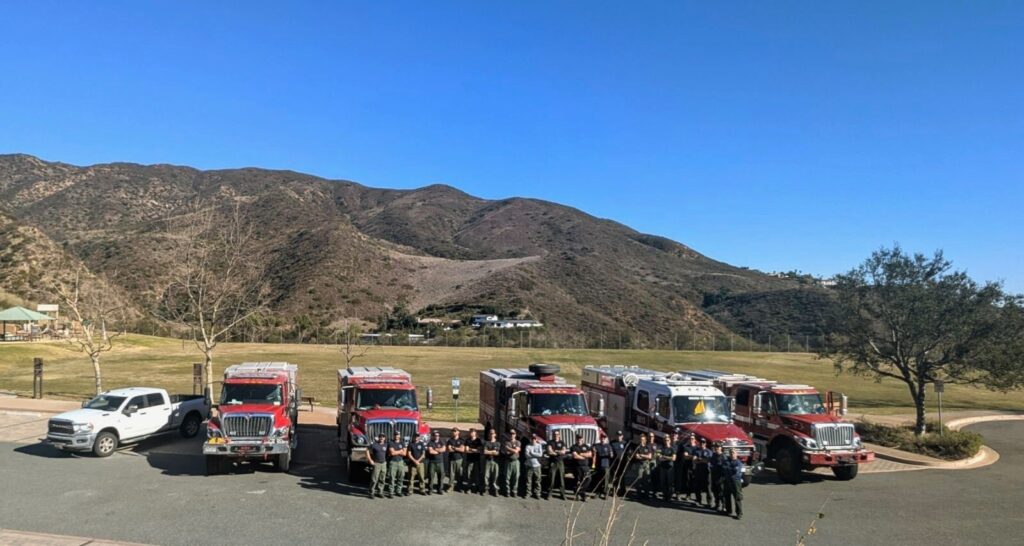
The crew gave the family water and a tarp to collect what they could from the ashes, but the Lieutenant believes they were also able to offer something far more valuable.
“Talking to somebody that has lost everything in a few hours is pretty traumatic, so just giving our empathy to their loss. I think it was really memorable for us to be there with them at that moment,” he said.
While patrolling the north edge of the fire in Topanga State Park near the city of Tarzana, the crew also came across an unusual site: a letter left untouched by the flames.
“We were going through houses, seeing if there was any smoldering debris and then – just on top of all this rubble – was a letter written by a second grader about what they did over winter break,” SerVoss said. “Everything else was burned all around it, [but] that letter helped me think ‘Everything's destroyed, but their memories are still there.’”
The crew wrapped up the letter to protect it and left it on the driveway with the hopes that the family might find it when they returned.
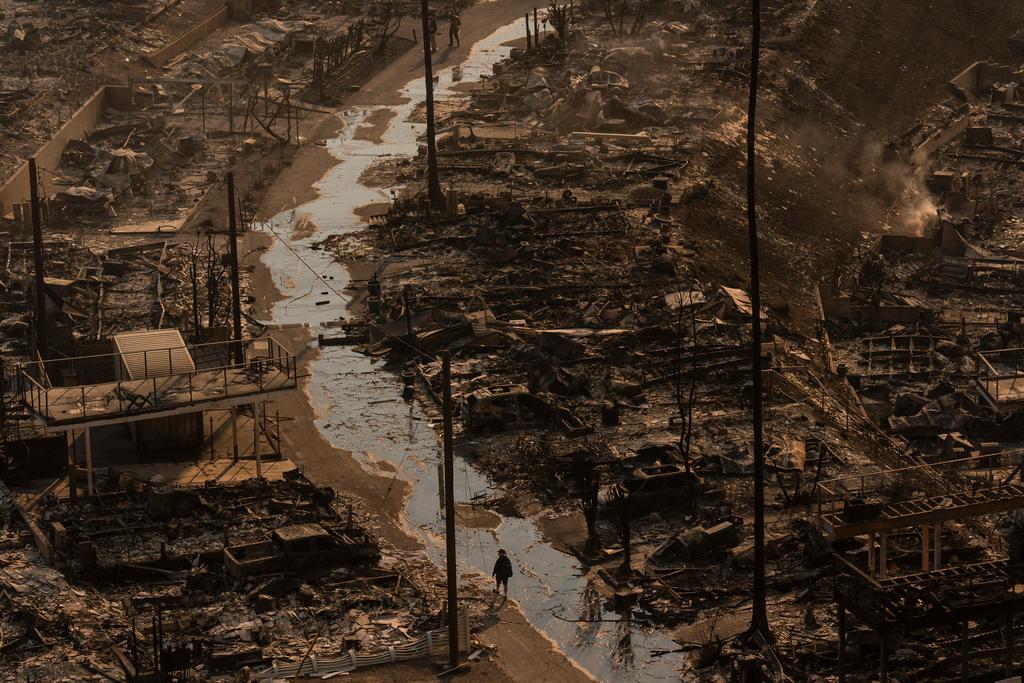
In total, the Palisades fire burned 23,448 acres, destroyed 6,837 structures and resulted in the deaths of 12 civilians. Investigators said it began as an outside fire that grew quickly. For the crew, the devastation was a reminder of how much worse the Marshall fire in 2021 could have been.
“There's always this image [of the Marshall fire] in the back of my head, it's like, ‘This is the worst I've ever seen’, but the amount of devastation that we saw [in California], I don't know how you top that,” said Captain Sones. “The state has a huge potential for a loss and another event just like Palisade with the amount of homes and fuel and weather and wind and drought that they have.”
In 2024, Aurora Fire Rescue responded to 293 vegetation fires. Most of them were contained to one acre or less, which Sones said is the sweet spot.
Any larger, and the fire has a much better chance at spreading and becoming more difficult to manage.
“We talk about the three influences of wildland fires: fuel, weather and topography or terrain. And with fuel, one of the big factors is just that dry receptive fuel,” Sones said.
With recent moisture in Colorado, the fuels haven’t had a chance to dry out. But that will change as the weather begins to warm in the coming months.
The crew recommends signing up for emergency notifications through programs like Alert Aurora, which can send life-saving text messages to residents in the path of fast-moving flames.

